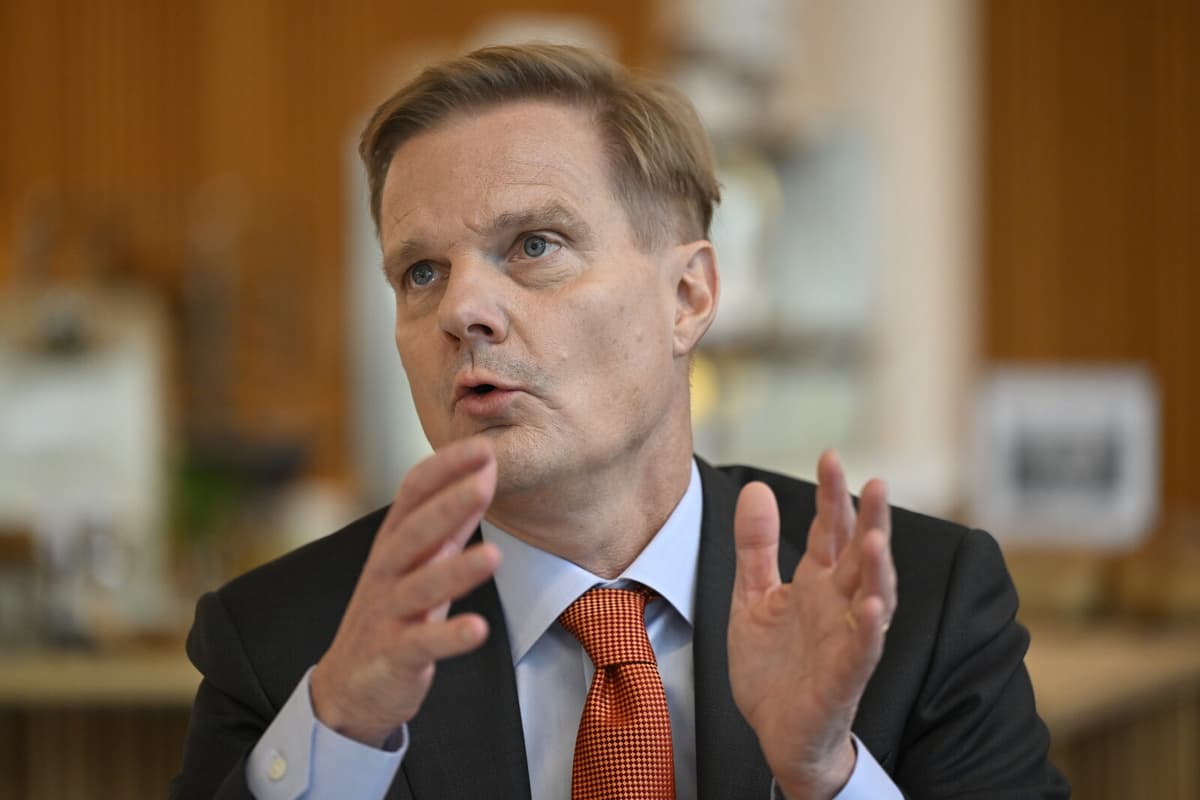Geopolitical tensions and trade conflicts create worse conditions for global growth, according to Jens Henriksson. And he notes that the growth forecast for Sweden has recently been halved by the government.
Despite this challenging economic situation, our four home markets continue to stand out positively. Growth in Sweden, Estonia, Latvia, and Lithuania is expected to be higher than both the euro zone and the USA in 2026, he says.
And you know the background: strong public finances, low state debts, rising real wages, innovative companies, profitable banks, and lower interest rates mean that our home markets are well-equipped for the future, he adds.
Increased lending
Increased lending – not least in the important mortgage business – helps the bank to offset the impact of lower net interest income, i.e. what the bank earns on the difference between deposit and lending rates.
Looking generally at net interest income, it is down by just over half a billion kronor quarter over quarter. This is because interest rates are lower. But what is pleasant is that if you go in and look, we have a positive volume effect, which takes up this with 170 million kronor. This is because we are growing. We are growing in our lending by just over 20 billion kronor during the quarter, says Henriksson.
In Sweden, Swedbank's mortgage volume increases by 2 billion during the quarter, 3.5 billion if you include the savings banks' lending.
This is significantly higher than what we did during the first quarter.
"We want to grow further"
The market share in new lending is, however, still below the share Swedbank has in the entire mortgage stock.
And we want to grow further.
Our mortgage market share is moving in the right direction. But we have further ambitions than that.
Swedbank's mortgage margin – i.e. how much the bank can add on top of the financing costs for mortgages – has not changed much during the quarter, according to Henriksson.
Looking at margins, I think they are fairly still during the quarter.
Swedbank reports a profit – before write-downs, taxes, and fees – of 10.8 billion kronor for the second quarter of the year. This can be compared to the profit of 11.8 billion kronor for the same period last year.
Analysts had on average expected a profit of 10.2 billion, according to a compilation of forecasts made by Bloomberg. Net interest income – what Swedbank earned on the difference between deposit and lending rates during the quarter – fell to 10.9 billion kronor. A year earlier, net interest income was 12.2 billion. For net interest income, the average forecast was 10.9 billion, according to Bloomberg.
The net fee income fell to 3.9 billion kronor, compared to 4.2 billion a year earlier and an average forecast of 4.1 billion. The credit losses were summarized to 150 million in the second quarter, which can be compared to a net contribution from reversed provisions for credit losses of 289 million a year earlier. The costs fell 5 percent year-on-year to 6.1 billion.






